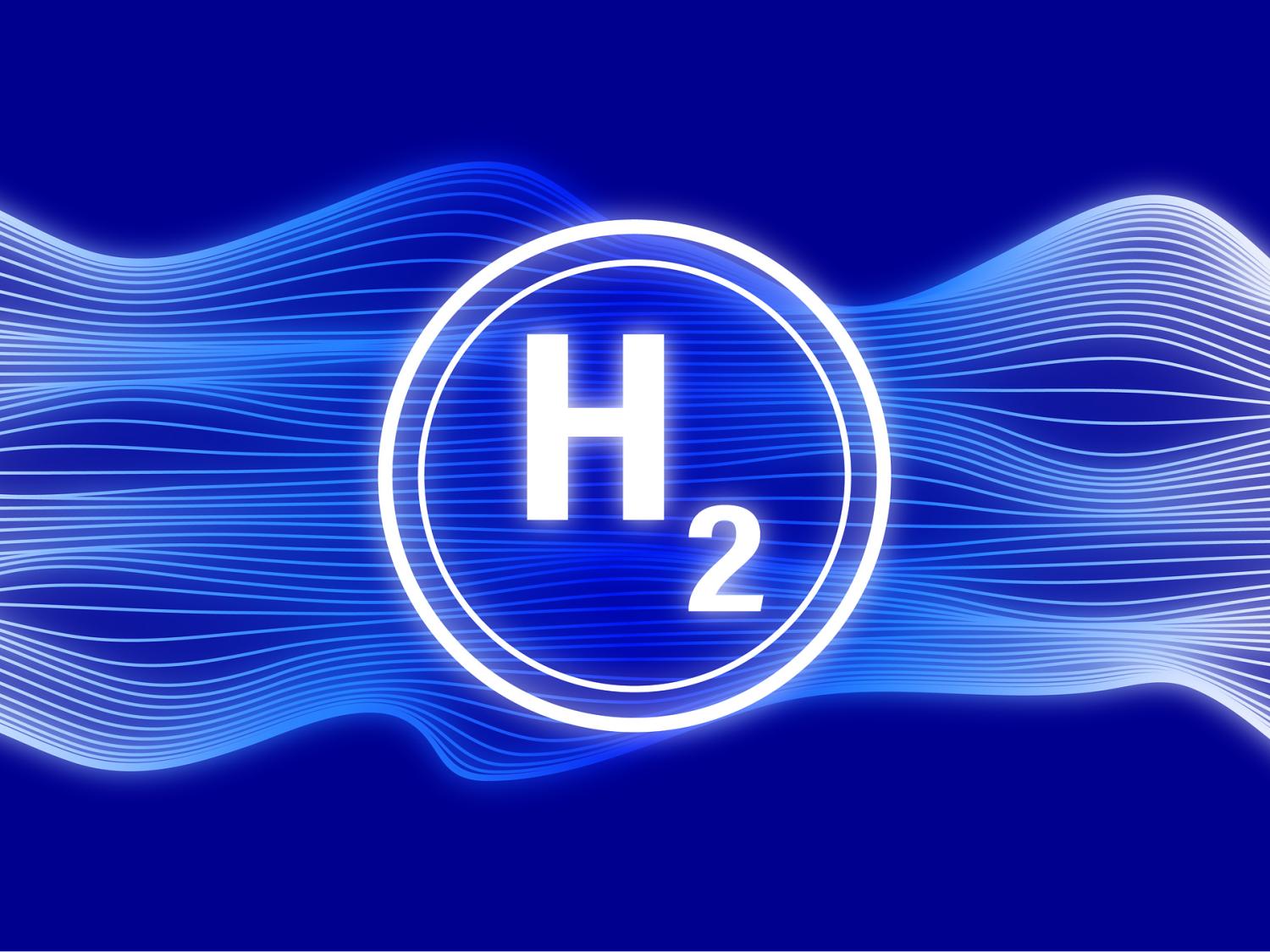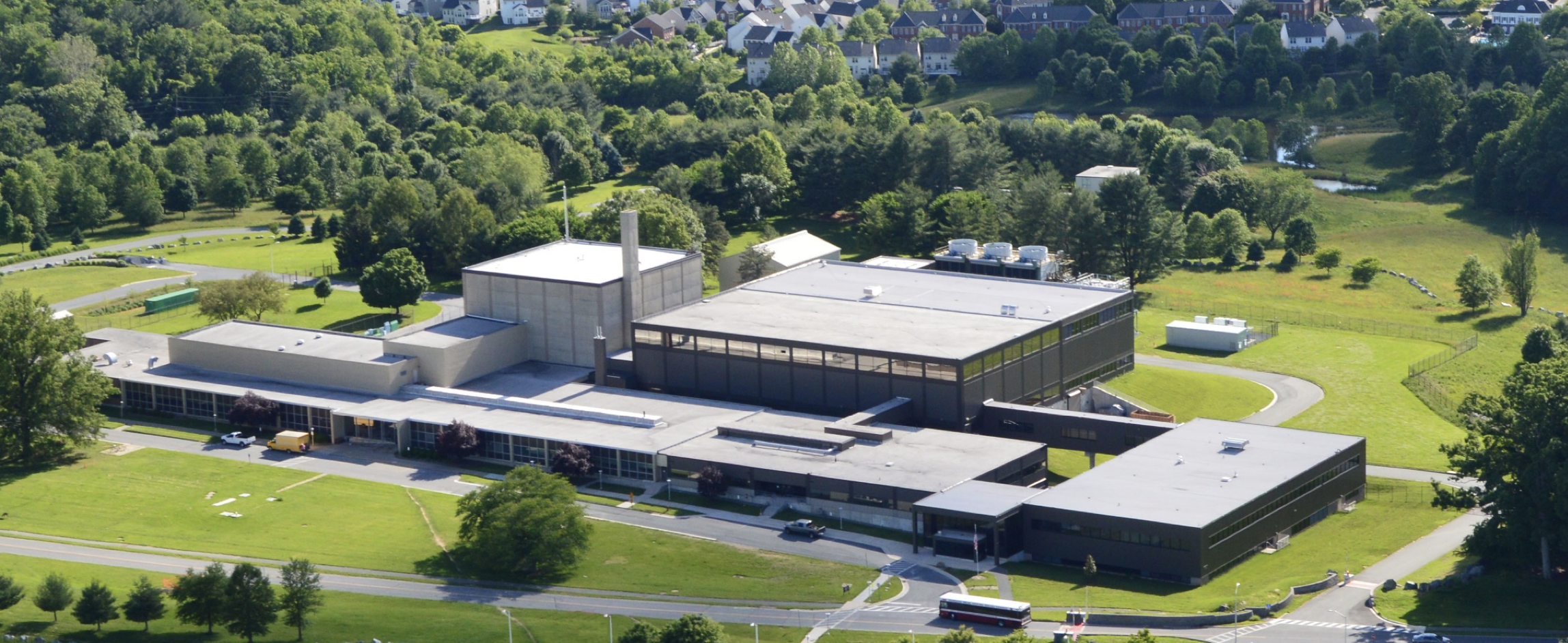2022-02-28 ペンシルベニア州立大学(PennState)
・ペンシルベニア州立大学の科学者によれば、水素ガスの発生を検出する新しい高感度システムは、化石燃料に代わる環境に優しく経済的な水素の開発を目指す上で重要な役割を果たす可能性があるという。
・「世界で最も感度の高い水素発生を検出する新しいシステムを構築した、このツールは、有望な光触媒を選別するのに使える」と、ペンシルバニア州立大学材料科学・工学・物理学教授のVenkatraman Gopalan氏は述べた。
 Hydrogen gas is a promising clean fuel source. Extracting hydrogen from water using sunlight could provide an environmentally friendly alternative to fossil fuels, scientists say Credit: Pixabay. All Rights Reserved.
Hydrogen gas is a promising clean fuel source. Extracting hydrogen from water using sunlight could provide an environmentally friendly alternative to fossil fuels, scientists say Credit: Pixabay. All Rights Reserved.
<関連情報>
- https://www.psu.edu/news/research/story/new-screening-system-may-point-way-clean-renewable-hydrogen-power/
- https://doi.org/10.1063/5.0077650
新規光触媒の探索を目的としたナノモル/時間の超高感度無電極・無共役水素発生量検出法 Ultrasensitive electrode-free and co-catalyst-free detection of nanomoles per hour hydrogen evolution for the discovery of new photocatalysts
Huaiyu(Hugo) Wang, Rebecca Katz, Julian Fanghanel, Raymond E. Schaak, and Venkatraman Gopalan
Published Online: 08 February 2022 https://doi.org/10.1063/5.0077650
ABSTRACT
High throughput theoretical methods are increasingly used to identify promising photocatalytic materials for hydrogen generation from water as a clean source of energy. While most promising water splitting candidates require co-catalyst loading and electrical biasing, computational costs to predict them a priori become large. It is, therefore, important to identify bare, bias-free semiconductor photocatalysts with small initial hydrogen production rates, often in the range of tens of nanomoles per hour, as these can become highly efficient with further co-catalyst loading and biasing. Here, we report a sensitive hydrogen detection system suitable for screening new photocatalysts. The hydrogen evolution rate of the prototypical rutile TiO2 loaded with 0.3 wt. % Pt is detected to be 78.0 ± 0.8 µmol/h/0.04 g, comparable with the rates reported in the literature. In contrast, sensitivity to an ultralow evolution rate of 11.4 ± 0.3 nmol/h/0.04 g is demonstrated for bare polycrystalline TiO2 without electrical bias. Two candidate photocatalysts, ZnFe2O4 (18.1 ± 0.2 nmol/h/0.04 g) and Ca2PbO4 (35.6 ± 0.5 nmol/h/0.04 g) without electrical bias or co-catalyst loading, are demonstrated to be potentially superior to bare TiO2. This work expands the techniques available for sensitive detection of photocatalytic processes toward much faster screening of new candidate photocatalytic materials in their bare state.



